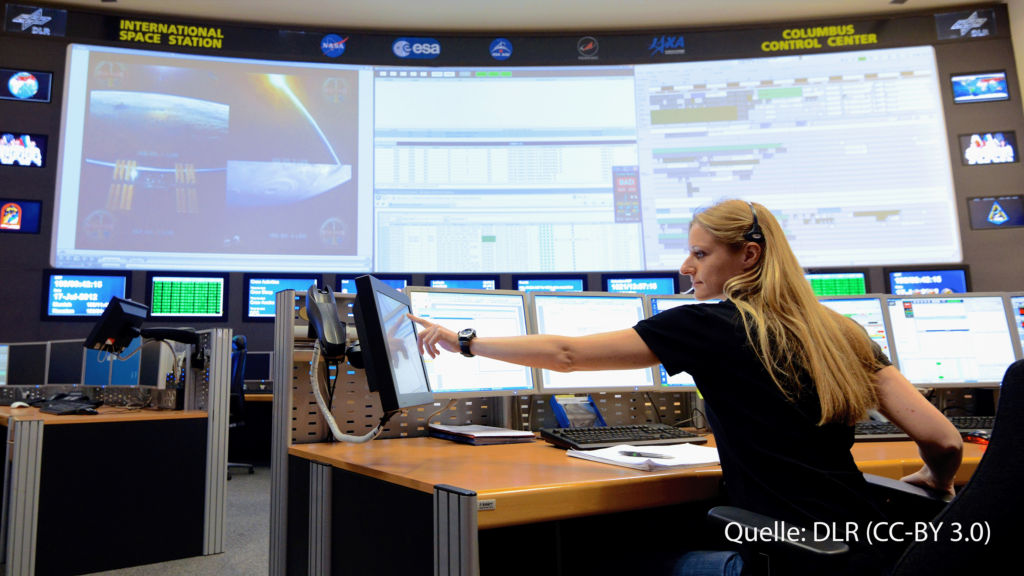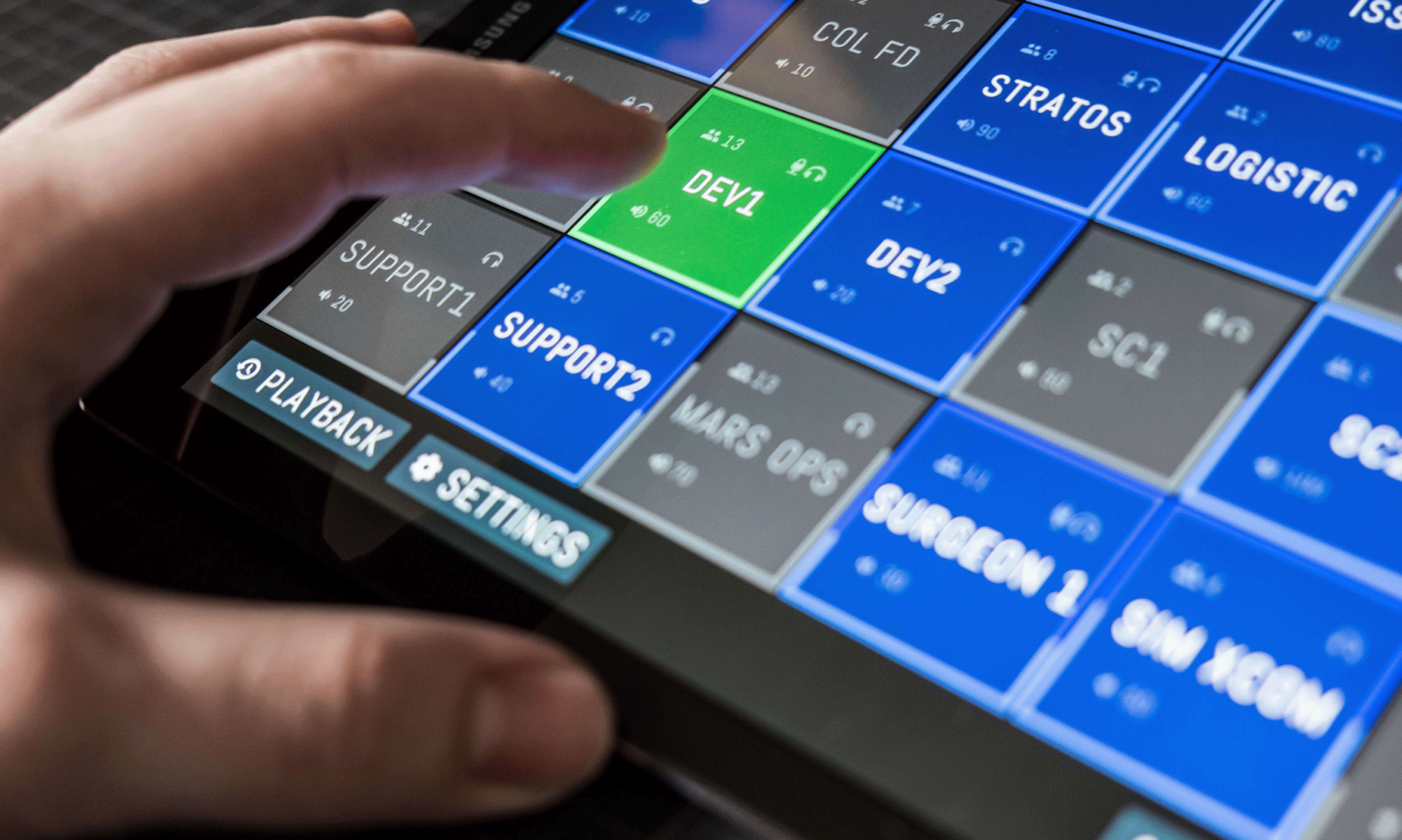We are the development team of openvocs. Openvocs is a software platform created by the German Space Operations Center (GSOC www.dlr.de/en/rb ).
About openvocs
Openvocs is a platform for Voice Communication Systems for Mission Control. Openvocs is a new kind of Intercom Systems used for Space Communications in Mission Control Room environments. Openvocs offers a customizable Webbased Client interface for system interaction and media distribution and a dedicated backend system for Authorisation and Authentication as well as media mixing. As Client a standard Webbrowser may be used. No installation of additional software is required. The Client is based on HTML5, CSS and JavaScript without usage of additional Frameworks. The backend is written in C with a minimum of external dependencies. The whole system is build with maintanability and simplicity in mind.
openvocs is a development project of the German Space Operations Center (GSOC) of the German Space Agency (DLR e.V.) The project is located within the departement Communications and Ground Stations of the DLR institut for Space Operations and Astronaut Training.

openvocs is initiated to define Voice Communications for Mission Control Room environments using a ligthweight protocol. The protocol decouples Client and Server implementations and allows different vendors to implement parts of the system. The openvocs platform may be used to develop system parts and is intended to be a reference implementation for Voice Communication Systems (VoCS).
The openvocs project supports vendors of Voice Communication Systems as well as end customers using the reference implementation.
OPENVOCS® is registered within the German Patent Office and used as Trademark for the reference implementation as well as the protocol definition.
This work is licensed under CC BY 4.0
About VOCS
What are Voice Communication Systems (VoCS) for Mission Control?
Voice Communications for Mission Control enable communications within (Space) Operation Control Center environments. VoCS is the terminology for these kind of systems. A VoCS streamlines communications within different channels called Voiceloops. These systems support Multiparty Multiconferencing capabilitites. A VoCS system in the common way is a dedicated Turn-Key platform. Different control centers are using own dedicated VoCS instances to communicate internally. External communication is done via Voiceloop sharing over different kinds of media. These media may be analogue couplings, T1 based interfaces or in some newer sceanrios IP based interfaces.
Each position within the Control Center has a dedicated Voiceloop. Some Voiceloops are spread over different positions, some are fixed to a position.
An occupied position is classified as a role. The whole system needs to be able to support Role based Access Control. Communication is done from one Role to some other Role e.g. a Flighdirector is talking to some subsystem Engineer.

The first aspect making VoCS systems special is Multiparty Multiconferencing. The ability to listen within several Voiceloops at the same time.
Due to the formal communications a next aspect, which is special, is Push To Talk (PTT). PTT is used to have an additional active interaction before any Voice is transmitted.
The last speciallity is the interfacing with the system. VoCS distinguisches between active and passive communication. This is called Monitor enabled, which equals listen and Talk enabled. With PTT and the off state we have 4 different paricipation states, None, Monitoring, Talk enabled and Talking.
VoCS system are not definied in terms of interconnectivity between different vendors. Venders are rare, only a small group of manufactorers offers VoCS systems at all. Each vendor has it’s own architecture and solution to provide VoCS capabilities. Nonetheless all comes down to the 2 main capabilities of VoCS, Multiparty Multiconferencing and Role based Access Control.

